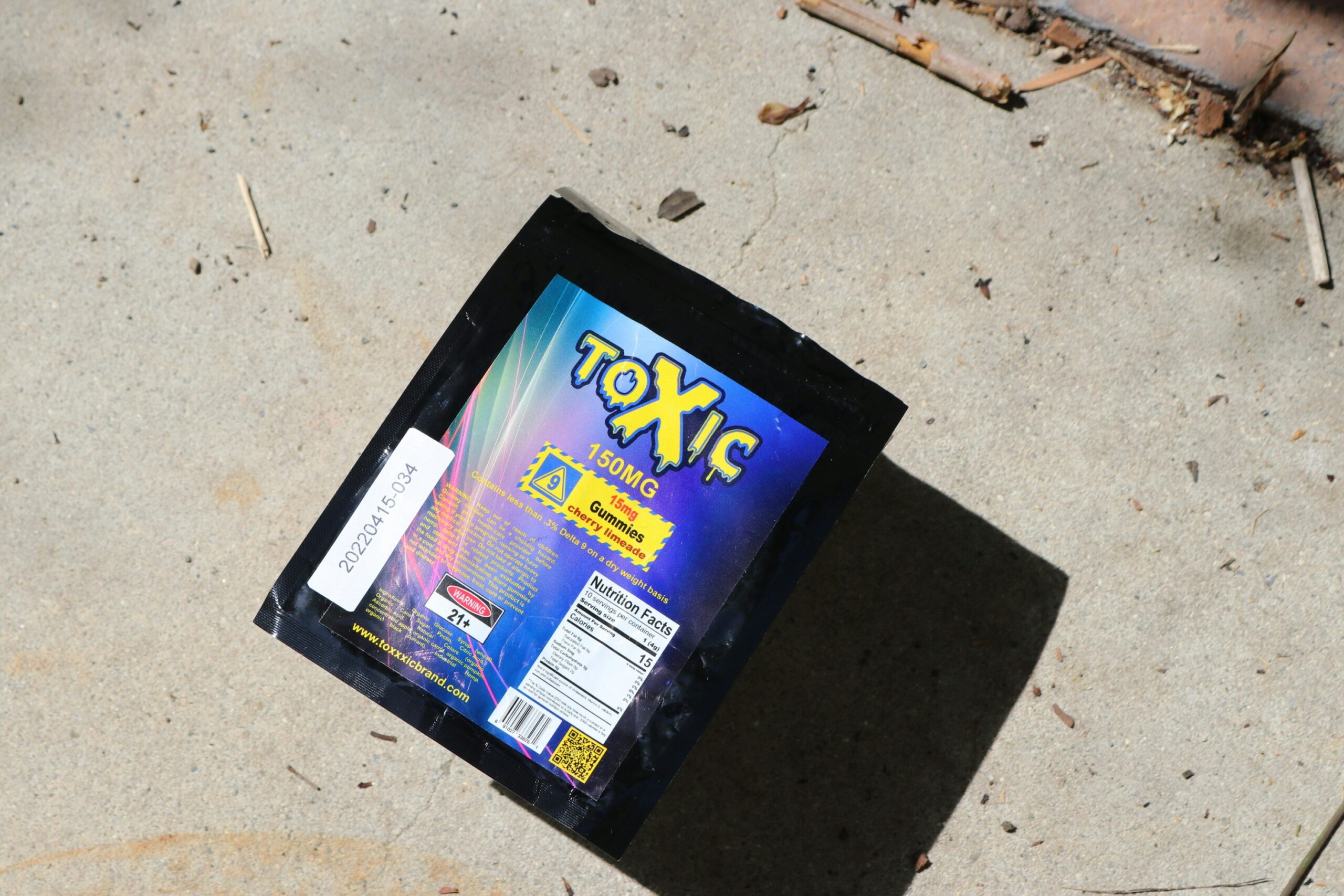Have You Ever Wondered What to Do If Your Emergency Food Supply Becomes Contaminated?
Dealing with an emergency food supply contamination can be a pressing concern, and it might feel overwhelming when you realize this has become your reality. Whether it happens during a natural disaster, civil unrest, or a personal emergency, knowing the right steps to manage this situation is crucial. Let’s embark on this journey together to understand how you can handle such a scenario and ensure your safety and well-being.

Understanding the Importance of an Emergency Food Supply
An emergency food supply is designed to help you and your loved ones get through periods when access to fresh food may be limited. This might be due to adverse weather conditions, power outages, or any situation that disrupts regular food resources. Your food stash should ideally be non-perishable, nutrient-dense, and suitable for all household members. Maintaining this supply properly can make all the difference in these uncertain times.
Why Contamination Occurs
Contamination can occur due to several reasons, including exposure to pests, water damage, or improper storage conditions. Understanding why and how contamination happens is your first step in prevention and management. It might be tempting to think, “This won’t happen to me,” but preparedness is always better than panic.
- Pest Intrusion: Rodents and insects are common culprits that can penetrate poorly sealed food containers.
- Water Damage: Flooding or leakage might lead to mold growth or a general compromise of food quality, making it unsafe to consume.
- Temperature Extremes: Excessive heat or cold can deteriorate food quality, especially in items that are sensitive to specific storage conditions.
- Human Error: Mislabeling, expired goods, or an accidental breach in packaging might also lead to contamination.
Immediate Steps to Take If Contamination is Detected
Discovering contamination in your stash can be unsettling. However, addressing the situation promptly and sensibly is essential to avoid panic and potential mistakes.
Assessing the Situation
First, assess the extent of the contamination. Determine whether the issue is isolated to one item or if it has spread across multiple food products. This involves inspecting for signs of mold, unusual odors, pest residues, or any unexplained changes in texture and color.
- Detailed Inspection: Look for evidence such as bite marks, odors, or mold, and remember to inspect packaging integrity and labels.
- Separation: Quickly isolate any contaminated items to prevent further spread.
Disposing of Contaminated Items Safely
If you identify food that has been compromised, it’s crucial to dispose of it safely to prevent further risk. Contaminated food should never be consumed, even in small amounts. Handling disposal responsibly ensures that you do not inadvertently introduce contaminants elsewhere.
- Secure Packaging: Place contaminated food items in sealed bags or containers before disposing of them in a rubbish bin, ideally away from your home or shelter area.
- Avoiding Exposure: Use gloves and masks to handle contaminated items to avoid direct contact and possible health risks.
Reorganizing the Remaining Supplies
Once you’ve isolated the problem, reorganize your remaining supplies to ensure they were not affected. Double-check seals and storage conditions, ensuring that everything is secure and dry. It might be necessary to rearrange storage methods, especially if poor conditions contributed to initial contamination.

Ensuring Future Safety with Strategic Prevention
Prevention is your best ally in safeguarding your emergency food supply. By understanding best practices and implementing preventive strategies, you can significantly reduce the risk of future contamination.
Effective Storage Techniques
Adopting proper storage techniques can drastically help in preserving the quality of your emergency supply. Consider these key elements:
- Temperature Control: Keep food at stable, moderate temperatures to prevent spoilage. Avoid areas prone to extremes such as attics or basements without climate control.
- Container Integrity: Invest in airtight, pest-proof containers. Glass, metal, or heavy-duty plastic containers work well for dry goods.
- Labeling and Rotation: Regularly update and rotate your stock. Use a “first in, first out” rule to ensure supplies are consumed before expiration.
Regularly Inspecting Your Inventory
Conduct periodic checks of your emergency supply. A monthly or quarterly inspection can help catch potential issues before they become serious.
- Systematic Checks: Establish a routine for inspecting storage conditions, container integrity, and expiration dates.
- Tracking Sheets: Keep a log of your inventory that records purchase dates, expiration dates, and inspection notes.
Educating Your Household
Knowledge is power, and it’s essential that everyone in your household knows how to handle and maintain emergency supplies.
- Shared Responsibility: Encourage all family members to participate in maintaining the inventory regularly.
- Clear Instructions: Educate everyone on signs of contamination and proper disposal methods.
- Emergency Scenarios: Conduct small drills or discussions about what to do if contamination occurs.

What If the Worst Happens? Seeking Support and Additional Resources
Sometimes, despite your best efforts, you might find yourself with depleted resources following contamination. Knowing how to access support during these times is vital.
Local Support Networks
Every community has resources in place to help those in need during emergencies. Research these networks ahead of time so you know where to turn should the need arise.
- Food Banks and Shelters: Many communities have local food banks and shelters that can offer temporary assistance.
- Community Support Programs: These might include specific aid for disaster situations that can provide food and other necessities.
Government and Relief Services
Government and non-governmental organizations (NGOs) often provide support during wider crises.
- FEMA and Red Cross: Both offer resources and support during emergencies, including food distribution and temporary housing.
- Local Authorities: Keep updated on available services by monitoring announcements from local government offices.

Rebuilding Your Emergency Food Supply
Once the situation has stabilized, it’s time to rebuild your emergency food supply with a strategic approach to avoid future issues.
Reflecting on Lessons Learned
Reflect on the lessons learned from handling this situation. Understanding what went wrong can provide valuable insights to refine your preparedness plans.
- Evaluate Vulnerabilities: Assess why and how contamination occurred to mitigate future risks.
- Updating Plans: Consider this an opportunity to update your emergency plans, focusing on any weak spots you discovered during the ordeal.
Procuring New Supplies
Don’t rush the process. Procure new supplies carefully, focusing on quality and durability.
- Bulk Purchases: Consider buying in bulk for non-perishables that you consistently use and are confident will last.
- Variety and Nutrition: Ensure your new supply maintains nutritional diversity suitable for all family members.
Incorporating New Strategies
With your new stock, integrate advanced techniques or tools that can enhance storage and safety.
- Improved Technology: New technology, such as smart storage solutions or monitoring systems, could provide peace of mind.
- Community Involvement: Engage within community networks for bulk buying or swapping resources, promoting a collaborative approach.
In navigating this unsettling scenario, remember that preparedness is a continuous journey, not a destination. By being mindful, proactive, and resilient, you ensure your safety and maintain peace of mind, no matter what challenges come your way.


